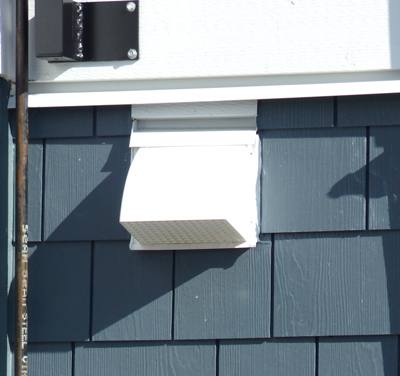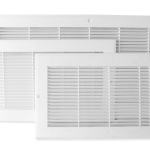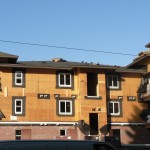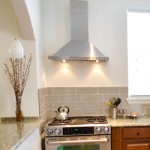 When looking at ventilation covers and grilles, the number one question to ask is what is the best material. In the past, metal presented a good option, as cheap plastic often didn’t stand up to the task. Nowadays, thanks to advances in technology, plastic resin is the clear choice for a number of reasons.
When looking at ventilation covers and grilles, the number one question to ask is what is the best material. In the past, metal presented a good option, as cheap plastic often didn’t stand up to the task. Nowadays, thanks to advances in technology, plastic resin is the clear choice for a number of reasons.
1. Weather resistant and strong
Vent covers for outdoor installs must stand up to all kinds of weather. Years of sun exposure can make older plastics break down, but new plastic resins – like polypropylene – can be made with special additives that provide significant UV protection. These modern plastics are also much more durable so they can resist hail and heavy snow or even flying baseballs or hockey pucks!
Extremes of heat and cold can damage metal over time from continual expansion and contraction. Metal vents, whether they are aluminium or galvanized, are prone to corrosion in wet environments especially if damaged. Plastics, on the other hand, can be fully immersed in water.
Carefully placed core-throughs and kiss-offs add strength, while maintaining a lightweight structure so that today’s outdoor plastic HVAC vents will last for 30-plus years at peak performance.
2. Size options
It’s challenging to turn metal into complex shapes. Often metal vents and caps are very angular with sharp edges and gaps at joints. Plastic is easily cut to be more aesthetically pleasing and provide elegant curves. It can also come in formats that work in places metal simply won’t.
The actual ingredients of the plastic can be changed to adapt to different climates or uses. The two most common resins used in injection-moulded products are polypropylene and polystyrene. Polypropylene is more often used for wall caps, soffit vents and roof vents because they need to be more durable, flexible and ultraviolet-tolerant.
Polystyrene is more rigid than polypropylene so it isn’t as vulnerable to warping from heat. This material is often used for heat registers, air returns and large capacity range hood or dryer exhaust vents.
3. Cheaper
As plastic is relatively easy to manufacture there is a lower cost of production combined with the benefit of mass production savings. It’s easy to store plastic, which is also lightweight, and it’s less likely to be damaged in shipment. These pros continue on into installation where the product is often carried up ladders and sometimes dropped.
4. Leak proof
Plastic can be moulded with oversize flanges and extended bases without adding a lot of extra weight. These designs help establish a water-tight seal with the building envelope and, with further modification, accommodate rainscreen. Metal vents have gaps and riveted flanges whereas plastic is moulded in one piece, without seams or joints preventing water penetration.
5. Colors
Plastic wall caps and roof jacks are available in colours to match a home’s indoor or outdoor palette. The color dye additives form an integral part of the entire moulded piece, meaning scratches and wear will be less apparent than on painted metal surfaces. That will also lessen maintenance down the road.
6. Safety
Metal vents have sharp edges that can easily cut hands during installation. If these vents fall or are blown from a roof, they can cause serious injury. Plastic ones are designed with smooth rounded edges and being lightweight they’re less likely to cause damage. Oversize flanges also create a larger surface area that can be attached more securely.



